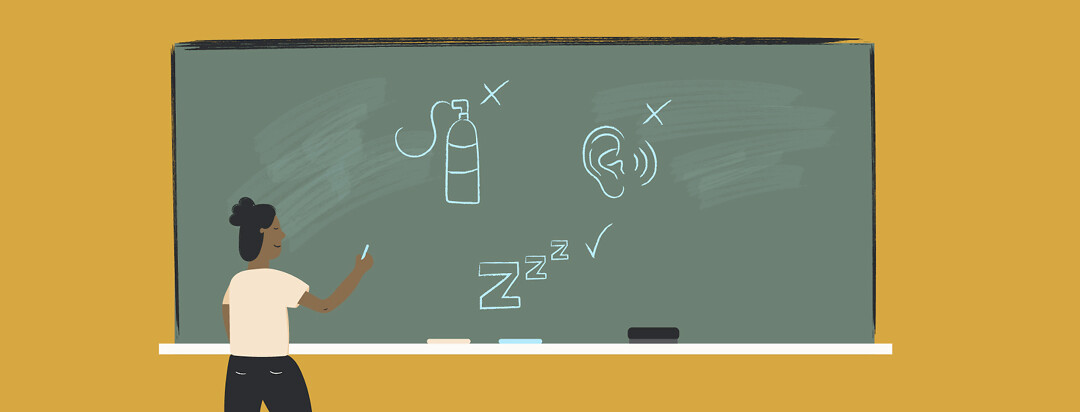Debunking Misconceptions About Sleep Apnea
I wish I had a dollar for every healthcare professional who has looked at me and said, "You don’t look like you would have sleep apnea."
It frustrates me, but it also fuels me to educate more and spread awareness of sleep apnea.
Sleep apnea is not defined by weight or age
The biggest misconceptions that many people have are weight and age. Most people think that only obese, older males have sleep apnea. Well, I can tell you it’s just that – a misconception. Because as a continuous positive airway pressure (CPAP) machine user, I am a thin woman in my 30s who would not fit that misconception.
I have worked with patients as young as 2 years old, and my oldest patient was 100 years old. Initial treatment for children is not usually CPAP but the removal of their adenoids and tonsils.
Sleep apnea is not treated with oxygen tanks
Many people are not educated on the treatment of sleep apnea and often get it confused with oxygen therapy. These patients think they will be using tanks with a nasal cannula to sleep.
This is why educating patients is important. The more knowledge they have, the more likely they will be compliant about wearing their CPAP. It also puts their minds at ease. Many people think of oxygen therapy as a last treatment for many diseases.
There is more than one style of CPAP mask available
Another big misconception is that you have to wear a full face mask or what many like to call a fighter pilot mask, and you won’t get comfortable sleeping with it. This is why it is so important to be set up with a respiratory therapist. They can do a proper mask fitting and put the patient into the correct style mask.
Not every patient fits into a certain mask type, and for this reason, that is why there are different mask styles and a wide variety of masks to chose from.
You do not have to sleep on your back
So many people are worried that once you have been diagnosed with sleep apnea and have to wear a CPAP, you have to sleep on your back. The truth is, now that you will be on your CPAP, you can sleep in whatever position is comfortable.
Many people find sleeping on their back to be comfortable. However, their bed partner may not think so, as most people who sleep on their back snore more.
A properly working CPAP is not loud
I saved the best for last. I have had so many patients over the years tell me that they won’t be able to sleep with a CPAP because it’s too loud. Or that they are worried that their bed partner won't be able to sleep in the same room due to the noise.
This is not the case as the new CPAP devices are extremely quiet. In fact, if noises are coming from the machine, chances are there is an issue such as overfilling the water chamber, which would cause a bubbling sound, or water in the tubing, or mask leakages.
Tell us more about your sleep apnea story and share a comment below.

Join the conversation